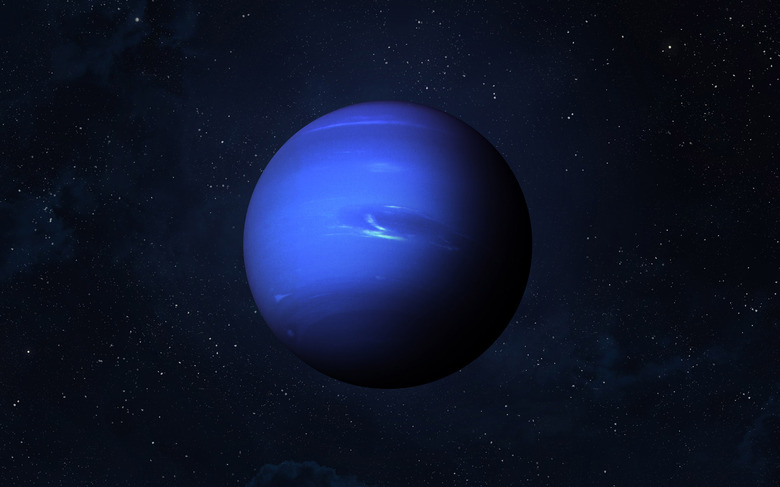The Sun May Be To Blame For Neptune's Vanishing Clouds
For the past several years, scientists have found themselves scratching their heads, trying to figure out why Neptune's clouds are vanishing. In a newly released video from NASA Goddard, researchers revealed they may finally have an answer. According to the update, the clouds on Neptune appear to vanish in correspondence to changes in the Sun's solar cycle.
To find the correspondence, researchers and astronomers looked at reference photos captured of Neptune by the Hubble Space Telescope that ranged from 1994 to 2022. The team noticed in these photos that the azure clouds known to pockmark Neptune's surface seemed to change, even fade at points until they completely vanished.
The astronomers then compared that data to the timeline of the Sun's solar cycle, an 11-year period in which the Sun's solar activity slowly ramps up until it eventually peaks. They found that as the Sun left behind its most active years, the cloud coverage on Neptune appeared to vanish, which leads them to believe that the radiation from the Sun could be helping to foster the reaction in Neptune's atmosphere.
It's really intriguing to see the solar radiation and the Sun's solar cycle play such a huge role in how Neptune's clouds form, especially considering how far away from the center of our solar system the planet is. As James Webb and other space telescopes look deeper into our universe, we've also seen images of Neptune that are striking, too, giving the planet even more allure and mystery.
As astronomers try to learn more about the connection between Neptune and the sun, we're bound to see more information coming out as the Sun moves back toward its solar cycle. In the next few years, though, we should be able to corroborate even more data to see just how strong that connection is and how much it might affect other planets in our solar system, too.
